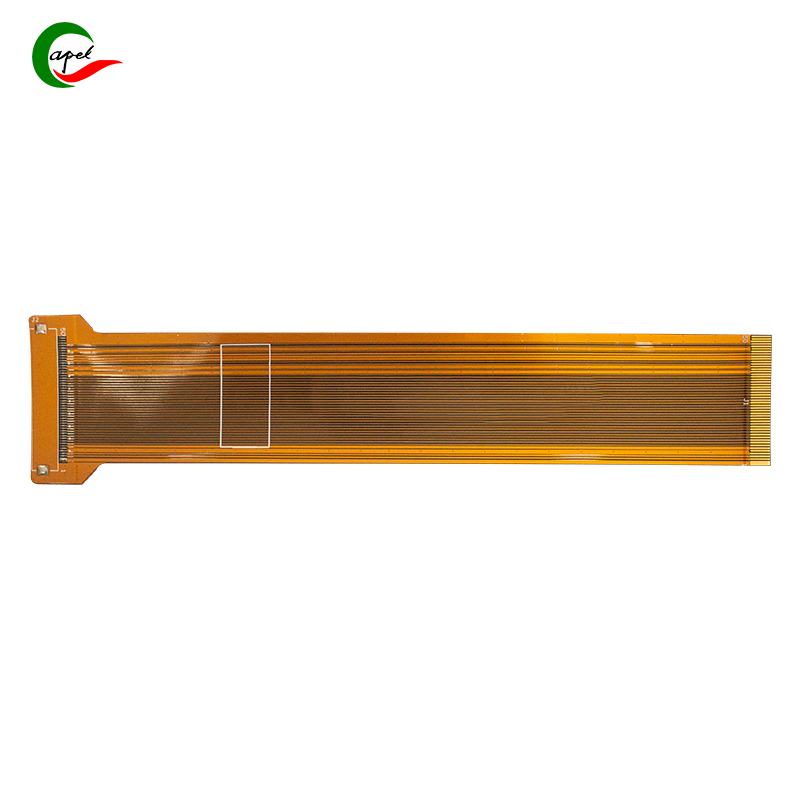Flexible PCBs are everywhere in small, bendable devices—from your wireless earbuds to the sensors in your car’s steering wheel. But if you’re using them for devices that need fast signal transmission (like a gaming mouse or a 4K camera), you might wonder: Can they send signals quickly enough? And how do they stack up against rigid PCBs (the ones in your laptop or TV)? Let’s break this down with real numbers and examples—no confusing tech jargon, just straight talk.
The short answer: Yes, flexible PCBs are fast enough for 99% of consumer and industrial devices. Their signal speed depends on one key factor—the material of the copper circuits—and modern flexible PCBs use the same high-quality copper as rigid ones. Here’s what that means for real devices:
Most devices don’t need “super-fast” signals—they just need reliable ones. Flexible PCBs handle these easily:
-
Wireless earbuds: They need to send audio signals (about 1–2 Mbps). Flexible PCBs can transmit up to 100+ Mbps—way more than enough.
-
Smartwatches: They send heart rate data, notifications, and GPS signals (up to 10 Mbps). Flexible PCBs have no trouble keeping up.
-
Car sensors: They send data about speed, brakes, or temperature (up to 50 Mbps). Flexible PCBs handle this without lag.
For devices that need faster signals (like 4K cameras, gaming peripherals, or industrial robots), flexible PCBs just need small design adjustments—no major overhauls:
-
4K cameras: They need to send video signals (up to 12 Gbps). A flexible PCB with “low-loss copper” (a smoother copper layer that reduces signal interference) can hit this speed.
-
Gaming mice: They need to send position data quickly (up to 1 Gbps) to avoid lag. A flexible PCB with thicker copper circuits (0.03mm vs. the standard 0.01mm) can transmit this fast.
-
Example: The flexible PCB in a high-end 4K action camera transmits video at 10 Gbps—just as fast as the camera’s internal rigid PCB.
There’s one scenario where flexible PCBs might not be fast enough: extremely high-frequency signals (over 50 GHz), like those used in satellite communications or advanced radar systems. In these cases, the flexible substrate (polyimide) can absorb tiny amounts of signal, slowing it down slightly. But for 99% of devices—even high-speed ones—this isn’t a problem.

Rigid PCBs are often thought of as “faster,” but the difference is small—so small that most users won’t notice it. Here’s a side-by-side breakdown:
If you compare a flexible PCB and a rigid PCB with the same copper quality and same circuit design, their signal speeds are nearly identical:
-
Test data: A 10-inch flexible PCB with standard copper (0.01mm thick) transmits a 1 Gbps signal in 0.00005 seconds. A rigid PCB of the same size and copper thickness does it in 0.000048 seconds. The difference? 0.000002 seconds—too small to matter for any device.
-
Why they’re similar: Signal speed depends mostly on the copper (how smooth it is, how thick it is) and the distance the signal travels—not whether the PCB is flexible or rigid. Both use the same copper, so they perform similarly.
Rigid PCBs use a thicker substrate (FR-4, fiberglass-resin) that blocks slightly more signal interference (from other components or nearby electronics) than flexible PCBs’ thinner polyimide substrate. But this edge is easy to fix for flexible PCBs:
-
Add a shield: A thin metal layer (like copper or aluminum) on the flexible PCB blocks interference, making it as good as a rigid PCB.
-
Example: The flexible PCB in a car’s infotainment system has a copper shield. It transmits audio and navigation signals with no more interference than the car’s rigid PCB.
Rigid PCBs can transmit signals over longer distances (up to 3 feet) without losing speed or quality. Flexible PCBs are usually used for short distances (under 1 foot)—since they’re designed for small, bendable spaces (like between a phone’s screen and battery).
-
Why this doesn’t matter: Flexible PCBs are never used for long-distance signal transmission. If a device needs to send signals over 1 foot, it uses a rigid PCB or a cable—flexible PCBs are just for the “short, bendy” parts.
-
Example: A laptop uses a rigid PCB for its main motherboard (long-distance signals between CPU and RAM) and a flexible PCB for its trackpad (short signal from trackpad to motherboard). Both work perfectly for their jobs.
Since signal speed is almost the same, the choice between flexible and rigid PCBs comes down to what the device needs to do—not how fast it needs to send signals:
-
Your device needs to bend (e.g., foldable phones, smartwatch bands, car door sensors).
-
Your device has small, tight spaces (e.g., wireless earbuds, tiny medical sensors).
-
You need to save weight (flexible PCBs are 30%–50% lighter than rigid ones of the same size).
-
Your device doesn’t need to bend (e.g., laptops, TVs, desktop computers).
-
You need to transmit signals over long distances (over 1 foot, e.g., industrial machines).
-
You need to support heavy components (e.g., GPUs, large batteries—rigid PCBs are sturdier).
Flexible PCBs are just as fast as rigid PCBs for almost every device. The small differences in speed or interference are easy to fix with simple design tweaks. If your device needs to bend or fit in a tight space, don’t let “signal speed” stop you from using a flexible PCB—they’ll handle the job just fine. The only time you need a rigid PCB for speed is if you’re working with extremely high-frequency signals (over 50 GHz)—and that’s a niche use case most people will never encounter.
related link: